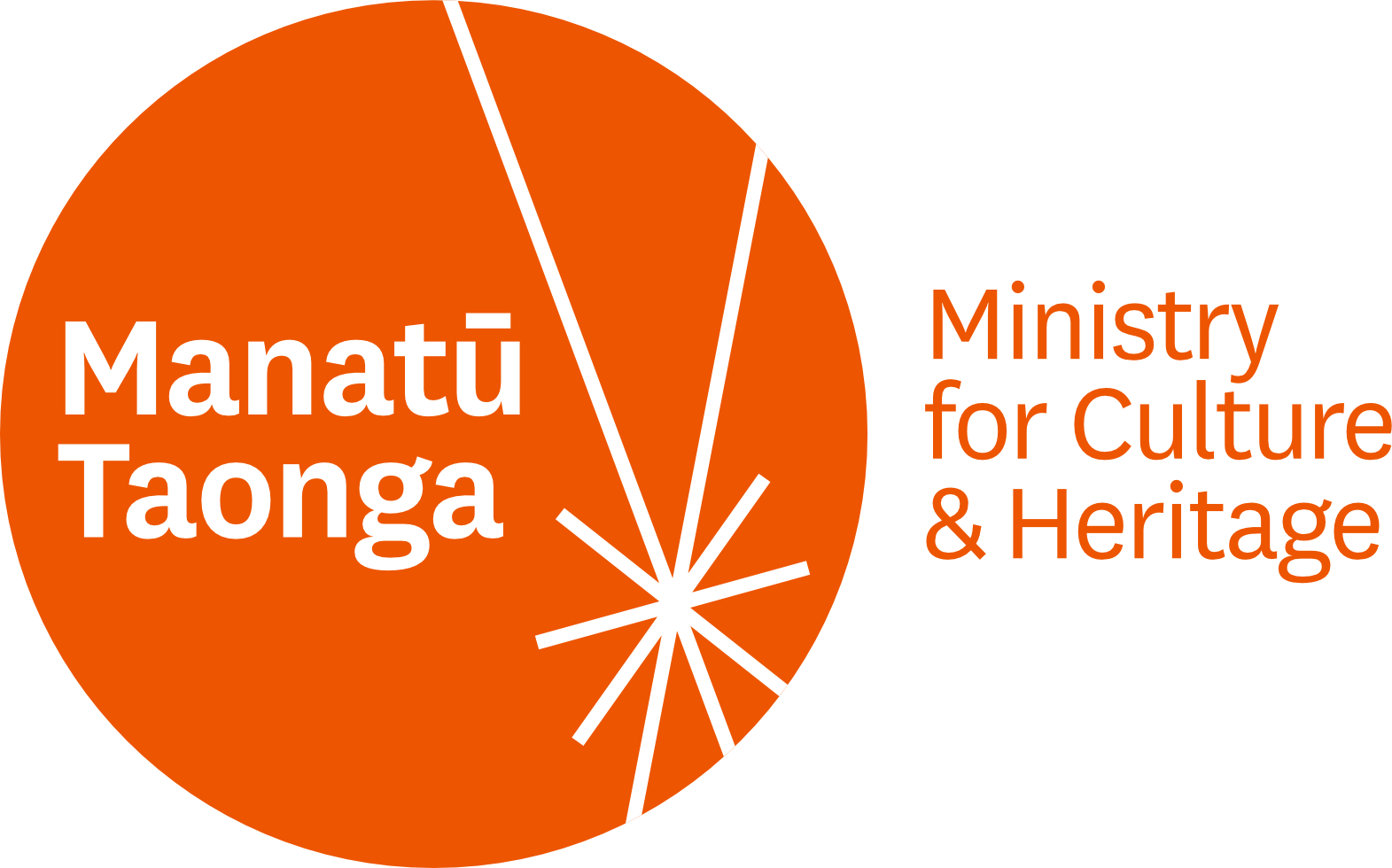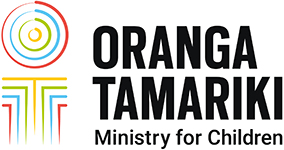Arts community creates opportunities for prisoners
28 January 2015
A pilot project developed by Arts Access Aotearoa is connecting artistically talented prisoners with community art spaces and mentors, both pre and post release.
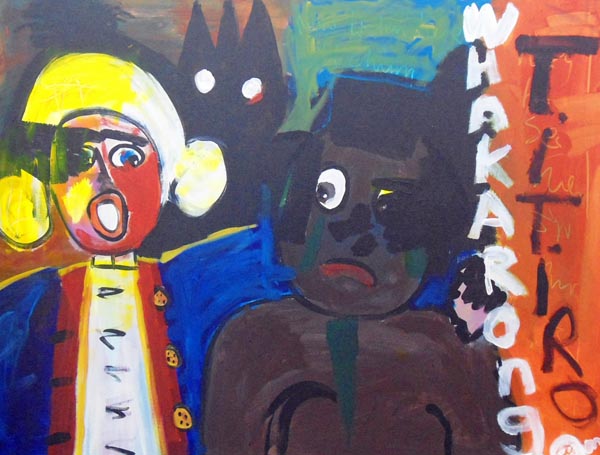 Called Navigating Creative Pathways, the project aims to keep the participants in a positive and creative frame of mind during their reintegration so they remain open to artistic and employment opportunities.
Called Navigating Creative Pathways, the project aims to keep the participants in a positive and creative frame of mind during their reintegration so they remain open to artistic and employment opportunities.
The pilot project, set up in early 2014, was designed by Jacqui Moyes, Prison Arts Advisor, Arts Access Aotearoa, in consultation with the Department of Corrections.
“Having a creative space to attend provides the participants with support, routine and a creative outlet,” she says. “It also provides opportunities to learn and develop their art practice, participate in exhibitions and be a part of the creative community.”
Strong networks in the arts community
Arts Access Aotearoa has strong networks in the arts community and works with community-based creative spaces around New Zealand. These creative spaces are organisations where people can make art, or participate in artistic activities such as theatre, dance, music, film and creative writing in a supportive, learning environment.
 “Before we set up this pilot, I knew of three creative spaces supporting prisoners post release to attend the space and be a part of their community,” Jacqui explains.
“Before we set up this pilot, I knew of three creative spaces supporting prisoners post release to attend the space and be a part of their community,” Jacqui explains.
“These spaces have great potential as positive, creative influences for released prisoners. However, it’s also important to explore what works well and how best we can support the spaces to provide a sustainable, effective service.”
Jacqui is also responsible for the management and delivery of the project. “I work with a range of Corrections staff – case managers, probation officers, art tutors – as well as volunteers, creative spaces and the pilot participants.
“I really value the staff supporting this project and working collaboratively. We all want the same thing: great results for the participants.”
Working with six participants
At the beginning of 2015, Jacqui is working actively with six participants.
“This year, I’m keen to bring more creative spaces on board. I’d also like to see more staff from creative spaces going into prisons and running a project or art classes. It’s a way to engage with prisoners through the arts and it provides them with a vital community connection.”
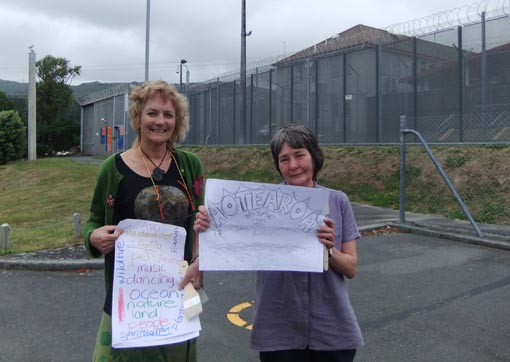 One example of creative space involvement is Vincents Art Workshop in Wellington. Once a week since November 2012, Coordinator Glen McDonald and art tutor Shar Young have been running art sessions with prisoners in Arohata Prison. Here, the women design and paint large murals, learning a range of skills in the process – including technique, communications, collaboration, listening and problem solving.
One example of creative space involvement is Vincents Art Workshop in Wellington. Once a week since November 2012, Coordinator Glen McDonald and art tutor Shar Young have been running art sessions with prisoners in Arohata Prison. Here, the women design and paint large murals, learning a range of skills in the process – including technique, communications, collaboration, listening and problem solving.
“Vincents has a long history of helping people transition from institutions to their community,” Glen says. “For more than six years, we’ve provided weekly art activities to the psychiatric ward in Wellington Hospital and this has helped people when they leave.
“Although many people have transitioned to Vincents from prisons over the years, we’re delighted to have this connection with Arohata Prison. It helps women get to know us before they’re released and makes any transition to Vincents much easier and more likely to succeed.”
Identifying suitable prisoners
Jacqui works with Corrections staff, particularly case managers and art tutors, to identify suitable prisoners for the pilot. Along with artistic talent, ideally they will have participated in arts activities during their prison sentence, or have attended a Maori Focus Unit or Pacific Focus Unit.
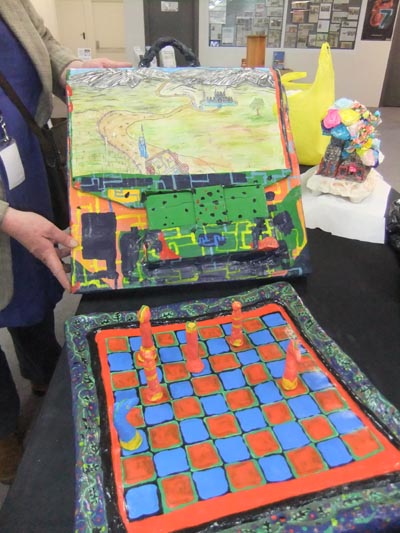 ”The most successful participants are those who are ready to grab the opportunities this pilot offers,” Jacqui says.
”The most successful participants are those who are ready to grab the opportunities this pilot offers,” Jacqui says.
“Another factor contributing to successful reintegration is when the prisoners know what is expected of them from the outset and have a clear plan drawn up before they’re released.”
A third success factor is the support of Corrections staff and agencies such as Pathways, which works with prisoners before their release on accommodation and employment matters.
Along with creative spaces, the pilot also offers the opportunity for participants to be matched with a mentor in the community: for example, a curator, art tutor, artist or carver.
Jacqui researched international examples of mentoring projects, including a mentoring scheme run by the National Alliance for Arts in Criminal Justice and Clinks in Britain.
“This is a well-documented project, and they were fantastic about sharing their information and experience,” she says.
Setting realistic goals
Before release, Jacqui works with the mentors, mentees (the participants) and case managers to set goals that are realistic and achievable.
“Mentors provide motivation and encouragement so their mentees continue their art practice and expand their artistic horizons,” she says.
Documenting the participants’ achievements is important so they can see how far they have come.
“Communication between all the parties involved is another vital ingredient in the success of this project,” Jacqui says. “A big part of my job is ensuring everyone is talking to each other and keeping people in the loop.”
Please contact Jacqui Moyes, Prison Arts Advisor, Arts Access Aotearoa (T: 04 802 4349 E: jacqui.moyes@artsaccess.org.nz) for more information.

